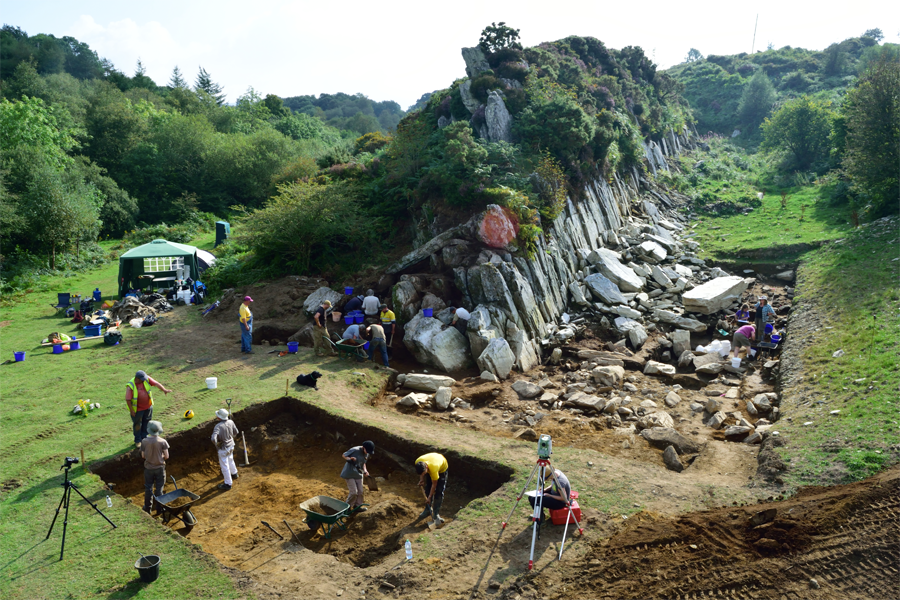Was Stonehenge built somewhere else and then moved?
Loading...
Stonehenge might have been built somewhere else and transported to its current location, according to a new study.
Scientists affiliated with University College London (UCL) have performed a detailed examination of the bluestone rock used to create Stonehenge’s smaller inner rings. They have sourced the rock to two quarries in Wales, Carn Goedog and Craig Rhos-y-felin, which suggests that Stonehenge’s Neolithic builders may have created this famous monument very far away from its current home.
“The two outcrops are really impressive – they may well have had special significance for prehistoric people. When we saw them for the first time, we knew immediately that we had found the source,” Professor Colin Richards (University of Manchester), an expert in Neolithic quarries, said in the press release.
The findings may also provide additional clues to the longstanding mystery of why Stonehenge was created, and when.
This study is one of several in recent years to use carbon dating in an attempt to yield new information about Stonehenge. Because Stonehenge’s builders didn’t leave any written records, it is difficult for archaeologists to make precise determinations about what its makers intended for the massive structure.
“Stonehenge was a Welsh monument from its very beginning. If we can find the original monument in Wales from which it was built, we will finally be able to solve the mystery of why Stonehenge was built and why some of its stones were brought so far,” Professor Mike Parker Pearson, of the UCL Institute of Archaeology and the project’s director, said in the release.
The scientists suggest that because of the age of the bluestones, Stonehenge may possibly have been built in Wales, and then dismantled and carried in pieces over a long distance to its current home. The larger sarsen stones, which are made of a type of rock local to the Stonehenge area called sarsen sandstone, were possibly erected many hundreds of years later.
“We have dates of around 3400 BC for Craig Rhos-y-felin and 3200 BC for Carn Goedog, which is intriguing because the bluestones didn’t get put up at Stonehenge until around 2900 BC” Professor Parker Pearson said.
“It could have taken those Neolithic stone-draggers nearly 500 years to get them to Stonehenge, but that’s pretty improbable in my view,” he added. “It’s more likely that the stones were first used in a local monument, somewhere near the quarries, that was then dismantled and dragged off to Wiltshire.”
The researchers are planning to do further excavations and research at both of the quarry sites in order to make more precise determinations.
“We’ve been conducting geophysical surveys, trial excavations and aerial photographic analysis throughout the area and we think we have the most likely spot. The results are very promising. We may find something big in 2016,” Professor Kate Welham, of Bournemouth University in England, told The Guardian.






